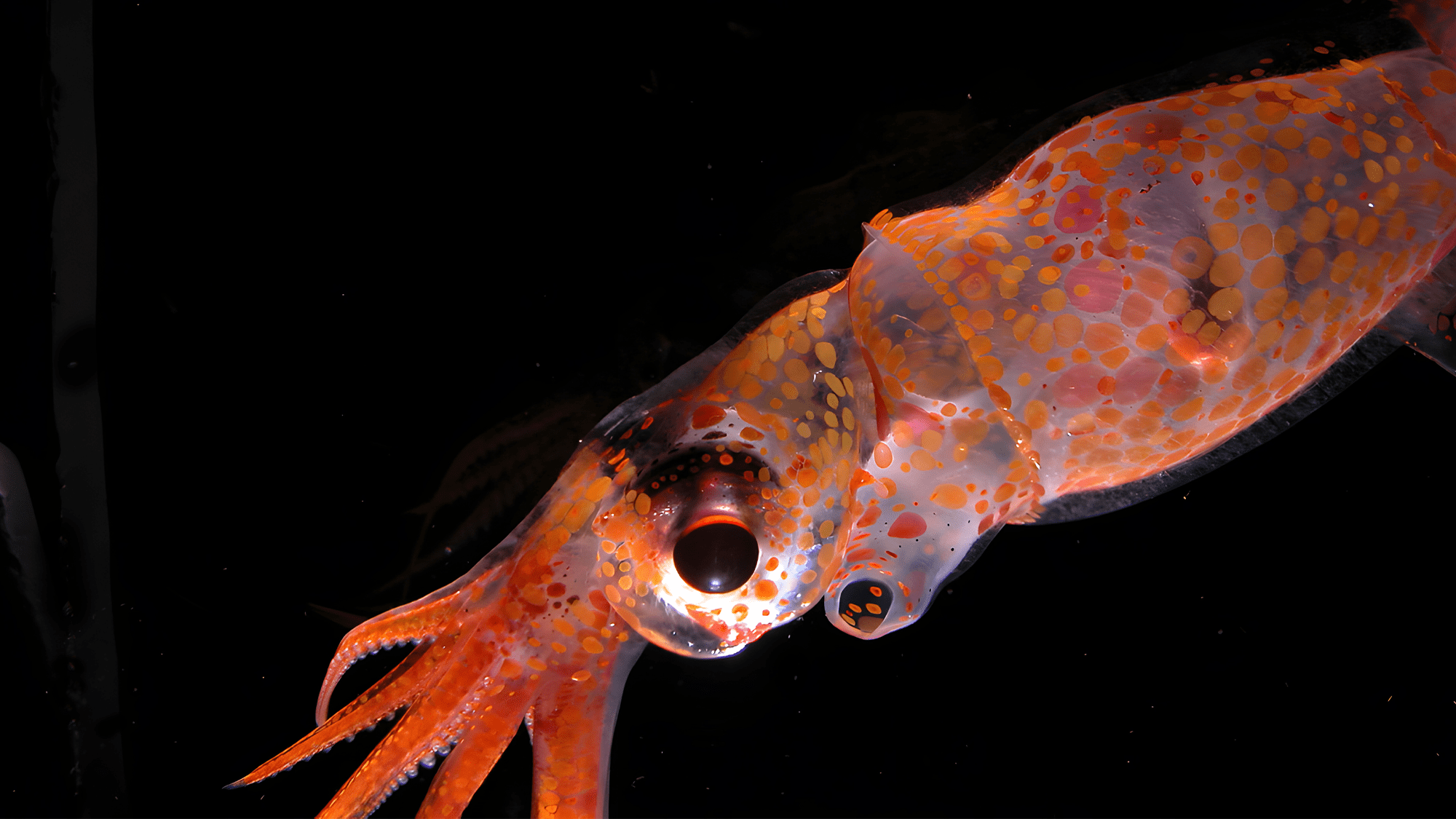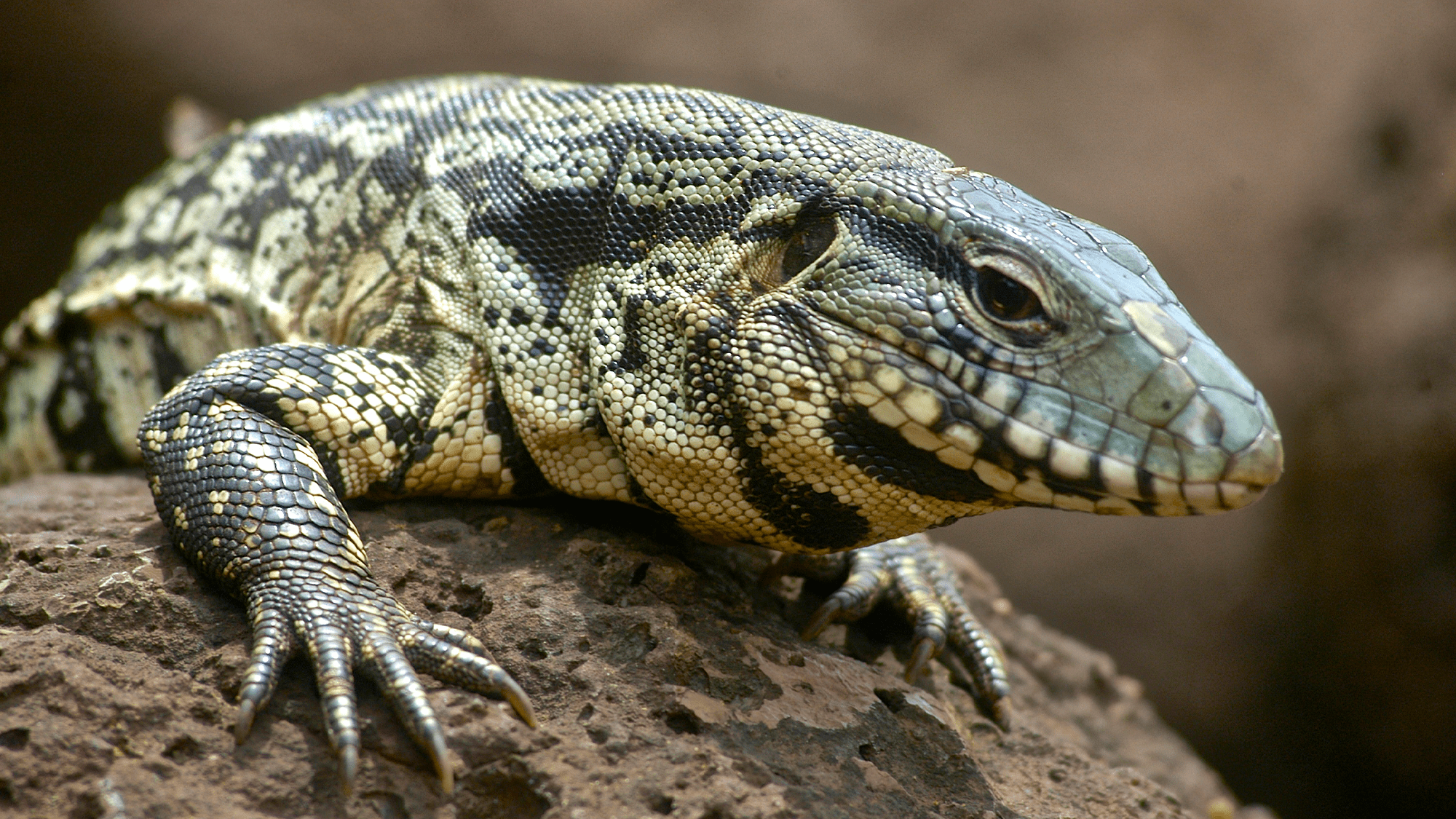Now Reading: 9 Stunning Images of ‘The Radiant Sea
-
01
9 Stunning Images of ‘The Radiant Sea
9 Stunning Images of ‘The Radiant Sea

Quick Summary
- New Book Release: “The Radiant Sea: Color and Light in the Underwater World” highlights the vivid colors and bioluminescence of deep-sea creatures.
- Featured marine species:
– Planctoteuthis: A squid with skin dotted by chromatophores for pigmentation display.
– Chaetopterus variopedatus: Bioluminescent parchment-tube worm with luminous mucus.
– Stomias (Dragonfish): Small but predatory fish using light organs for prey-luring and mating recognition.
– Stauroteuthis syrtensis: Octopus species whose glowing suckers are an evolutionary adaptation to emit light patterns.- Cerianthus: Tube anemone perhaps fluorescing to attract prey in deep ocean environments.
– Bathophilus: Displays multiple photophores as lights for vision and escape signals.
– Other species such as jellyfish (Tetrorchis hydromedusa) and octopus (Japetella) showcasing diverse adaptations like openness, pigmentation, or iridescence.
- authors/Researchers:
– Steven Haddock (Monterey Bay Aquarium Research Institute).
– Sönke Johnsen (Duke University), focusing on marine biology, light signaling, and camouflage.
Indian Opinion Analysis
This exploration of deep-sea bioluminescent life forms serves both scientific curiosity and environmental awareness. The richly documented biodiversity underscores how marine ecosystems adapt creatively to their habitat challenges. for India-a nation with a vast coastline-the insights are especially relevant considering its research interests in blue economy sectors like sustainable fishing practices, bio-inspired technologies, or even undersea conservation strategies. By fostering awareness about marine diversity globally, books like this can inspire greater stewardship of underwater ecosystems at home while offering a blueprint for deeper investment in India’s maritime research capabilities.























